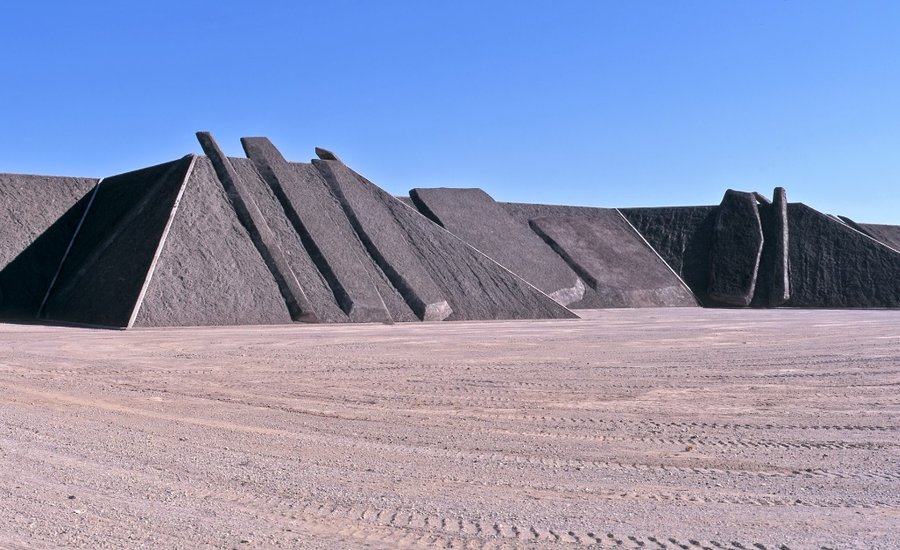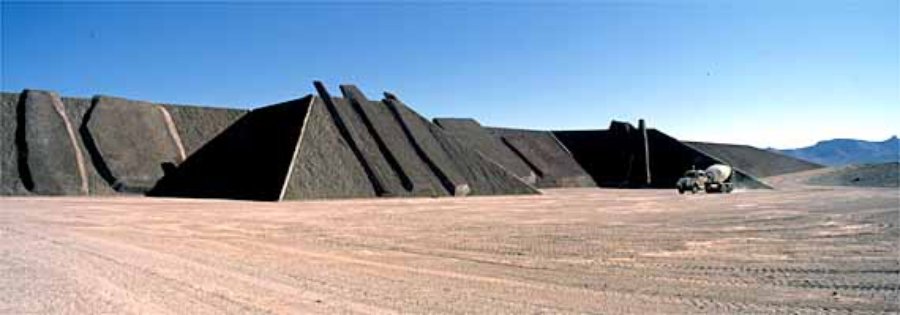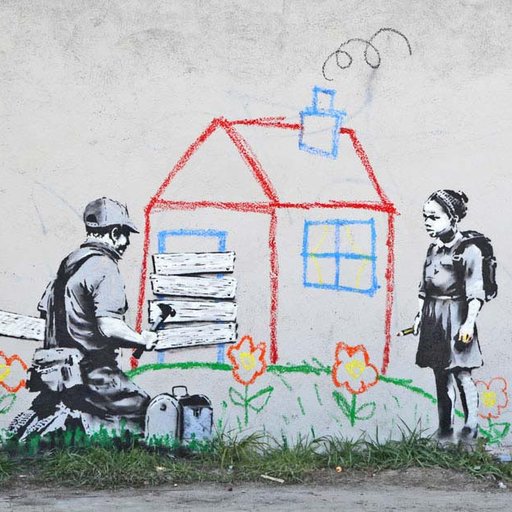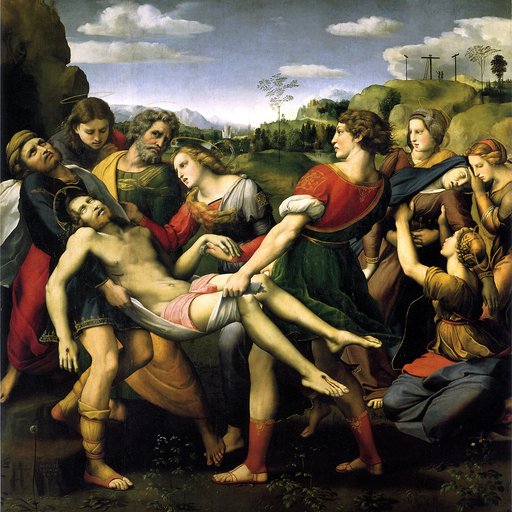For the latest installment of Artspace’s Great American Land Art Road Trip—all excerpted from Phaidon’s anthology Art & Place —we turn to two pieces by the preeminent 1970s Land artist Michael Heizer located in the state of Nevada. Far from the excesses of Las Vegas, Heizer constructed various earthworks that meld Minimalist subtlety with monumental grandeur to create these iconic, enduring works. Click here to see more stops on our ongoing trip to see the best Land Art in America.
DOUBLE NEGATIVE
1967-1972
Mormon Mesa, Overton, Nevada
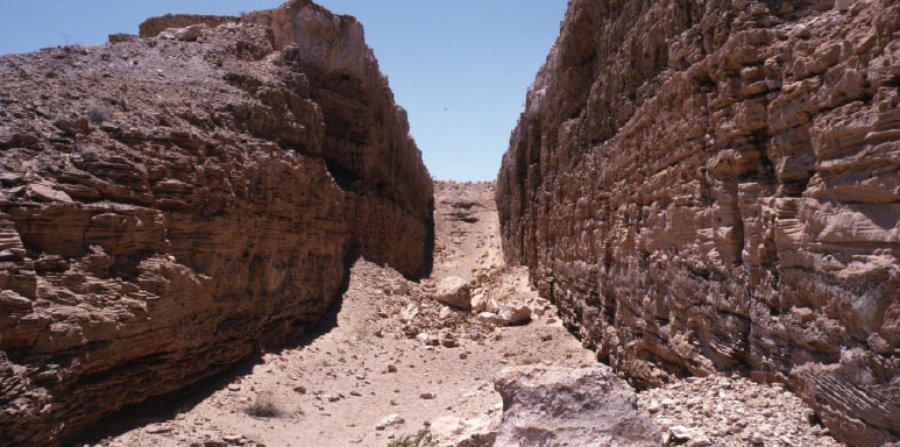
From 1967 to 1972 American artist Michael Heizer (b.1944) took a hiatus from his first medium of painting to become one of the innovators of Land Art. With the financial support of gallerist and art patron Virginia Dwan, Heizer and a team of engineers carved 218,000 tonnes (240,000 tons) of earth from a site on the Morman Mesa near Overton, Nevada, to create a monumental, straight void 15 m (50 ft) deep and 457 m (1,500 ft) long.
This void traverses a chasm that divides it into two empty trenches, the whole appropriately titled Double Negative . The monumental scale of this outdoor work was inspired in part by the artist’s experiences accompanying his father, anthropologist Robert Heizer, on archaeological excavations at pre-Columbian and Egyptian sites when he was a child.

Looking out to the east from the entrance of one trench, one sees distant mountains and the Virgin River with its green and fertile banks. Nearer and below, the eye follows a trail of material that had been pushed out of the enclosure by Heizer and his team, then climbs back up the walls of the chasm to look directly into the second trench.
Turning around from the openness of the entrance’s vista and walking into the void, the viewer encounters towering coarsely carved walls with jagged horizontal striations. While still massive, the space now seems more controlled and architectural than when standing at the entrance looking out.
The trenches run north–south, so depending on the time of day the contrast of light can be intense—one wall casts a long black shadow while the other is ablaze with sunlight. Trekking into the empty space, the viewer encounters a ground littered with stones and boulders; the back wall at the far end provides a steep, 45-degree ramp for marching out. Standing at the top of the rear of the trench, the open scene from the entrance reappears, now as a 360-degree panorama. The second trench, seen in the distance, is framed by the walls of the one nearest; a striking harmony is created as the perspective and geometry of both appear continuous.
CITY
1972-ongoing
Garden Valley, Lincoln, Nevada
Decades in the making and still unfinished, City is the colossal magnum opus of Land artist Michael Heizer. Set in the remote Garden Valley of southern Nevada, the project is a complex of enormous structures spread out across a long strip of land, covering an area measuring roughly 2 by 0.5 km (1.2 by 0.3 miles), yet despite its huge scale relatively little is known about the current status of the work.
The reclusive Heizer, whose early environmental works such as Nine Nevada Depressions (1968–) and Double Negative (1969–70) helped chart a course for the land art generation out of New York and into the deserts of the American West, has warned that people attempting to visit the site will be arrested and/or shot.
What is known is that Heizer began working on the site in 1972, completing City: Complex One , the first element in the array, in 1974. A tomb-like mounded form made from compacted earth and concrete and embellished with a pair of reinforced concrete columns (one L-shaped, the other T-shaped), Complex One was designed with references, Heizer has said, to both a mastaba, evoking ‘the original mound over the burial vault of Zoser at Saqqara’ as well as ancient monuments such as Chichén Itzá, built by the Maya civilization in Mexico’s Yucatán Peninsula. This first of the series of at least four planned Complex structures to be completed is about 40 m (140 ft) long, a second work on the site, City: Complex Two (1980–8), is even larger, stretching to roughly ten times the length.
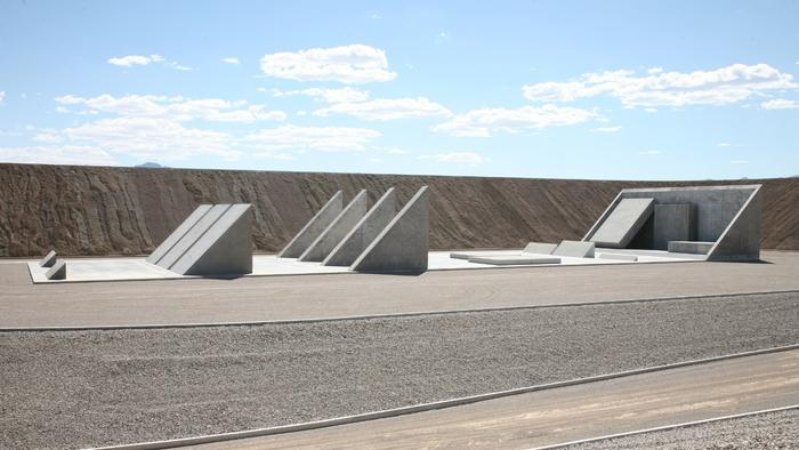
Heizer is believed to be continuing his work in Garden Valley, where other structures are thought to be in progress: a 2005 article in The New York Times relating a visit to the site described Complex Three , another mastaba form made of mounded earth, as well as City: 45º, 90º, 180º, a massive concrete sculpture begun by the artist in 1980 and completed in 1999, while recent satellite imagery of the site suggests the presence of numerous huge landscape forms on the site.
Heizer had long threatened to bulldoze the work if a proposed railway line was built near his land to bring nuclear waste to Yucca Mountain, the controversial underground storage facility in central Nevada, but plans for that project were scrapped in 2010.
Eds. Note: In 2015, President Obama designated the area surrounding City as a national monument. See here for more information.











